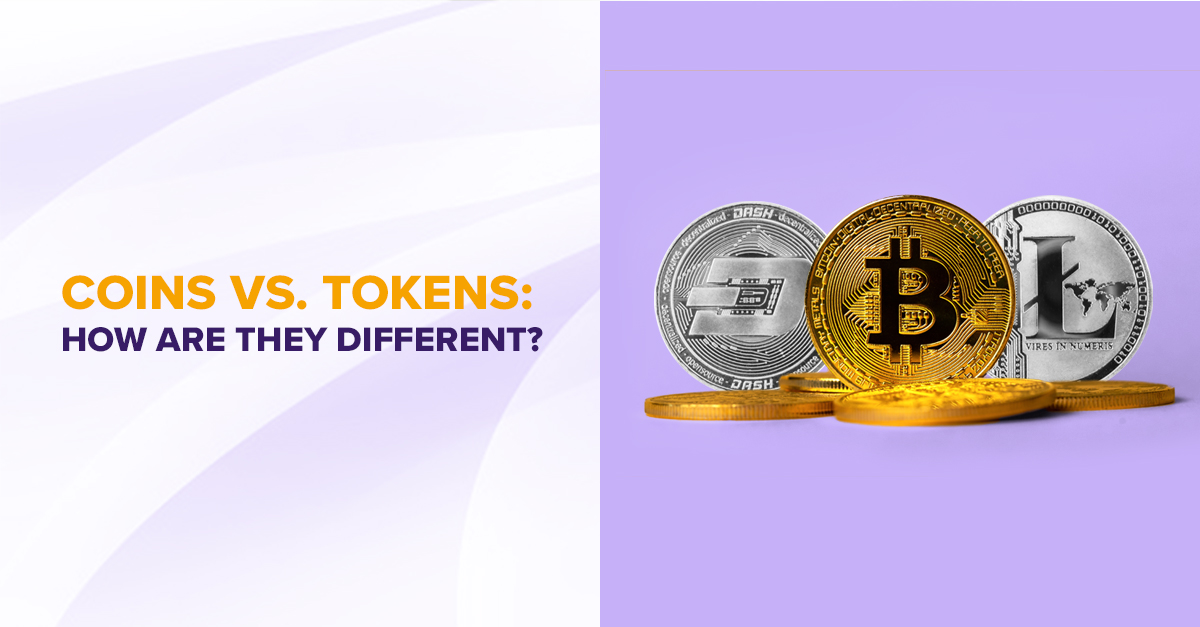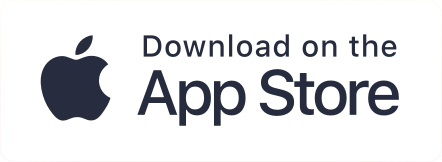“Coin” and “Token” are two common terms to refer to cryptocurrencies. But what is the difference? The short answer is that a coin is a cryptocurrency that has its own blockchain. A token is a cryptocurrency that runs as a smart contract on an existing blockchain. Our featured blog post breaks down these two terms with examples of each.
Coins vs. tokens isn’t really a rivalry in cryptocurrency. Both serve unique roles and work in tandem to support the development and adoption of blockchains.
Blockchains Without Coins and Tokens
Just because a blockchain exists doesn’t mean it needs to have a coin or token. There are several blockchains that do not involve cryptocurrency whatsoever. These examples are mainly private blockchains run by institutions or conglomerates. For public blockchains, coins are a necessity and regarded as the fuel of the network. Miners or stakers maintain security collectively. They are then rewarded in the blockchain’s coin. Tokens support applications like gaming, finance, and prediction markets built on top of a blockchain.
Crypto Coins
A coin generally refers to any cryptocurrency that has its own blockchain. Bitcoin (BTC) and Ethereum (ETH) are two good examples of coins. BTC is the native currency of the Bitcoin blockchain. ETH is the native currency of the Ethereum blockchain. Launching a new blockchain or forking an existing blockchain are two ways to create new coins.
Blockchain Creation
Launching an entirely new blockchain is usually a tedious process because it requires a lot of development work and infrastructure support. Another complex challenge is the fact that blockchains and their coins may not be compatible with other existing blockchain infrastructure. For example, it might be more difficult to integrate the coin’s codebase into wallets and exchanges. This makes it a more time-consuming endeavor for projects to launch a mainnet (network capable of supporting real assets) and build a network of active users.
Coin projects sometimes have a difficult time because blockchain developers generally specialize in only a couple programming languages or technology stacks. There are ways to immediately reduce the time it takes to launch and reach new users, however. For example, Litecoin copied the open-source code of Bitcoin in 2014. Binance Smart Chain copied many aspects of Ethereum when in 2020. The main advantage to creating a new blockchain and using a coin is the freedom for developers to improve or make changes that determine how the blockchain works.
The motivation behind LTC was to support more transactions per second than Bitcoin. Today, it processes 56 transactions per second, while Bitcoin can only handle 7. For Binance Smart Chain, the motivation was to reduce on-chain transaction costs for users who want to send and receive funds or use applications built on top of the network. Although Binance Smart Chain has achieved greater scalability, it comes with the downside of more network centralization than Ethereum.
Hard Fork Coins
A second and more contentious way to create a new coin is via a hard fork. Bitcoin Cash (BCH) launched as a result of a hard fork of the Bitcoin blockchain. This coin came into existence after a group of developers and miners disagreed with the introduction of a new protocol change. In 2017, a large group of miners decided to dedicate their hash power to Bitcoin Cash, which led to a split in the network.
Now, BTC and BCH exist as two distinct coins on two distinct blockchains. Although many other Bitcoin forks have happened since Bitcoin launched in 2009, most consider Bitcoin Cash to be the most successful due to its strong developer network and sustained high market cap.
Crypto Tokens
A token generally refers to any cryptocurrency that relies on an existing blockchain. USD Coin (USDC) and Chainlink (LINK) are two good examples of tokens. Although USDC doesn’t have its own blockchain, this token exists on several blockchains: Ethereum, Algorand, Solana, Stellar, and Tron. Likewise, LINK is supported on Ethereum, Binance Smart Chain, Solana, Huobi ECO Chain, Xdai, Fantom, Polygon, and Avalanche. Both tokens have the ability to expand compatibility to other blockchains in the future as well.
Token Contracts
Essentially, a token can be created with a simple smart contract on blockchains that support tokens. Blockchains have token standards to guarantee uniformity and compatibility. For example, ERC-20 tokens are used on Ethereum, BEP-20 tokens on Binance Smart Chain, and SPL tokens on Solana. Standards make it easy to integrate tokens into applications like crypto wallets and DeFi protocols on these specific blockchains.
Flexibility of Multi-Chain Support
When it comes to blockchains that support token contracts, Ethereum is the clear leader in 2021. Many of the top 100 cryptocurrencies in market cap are ERC-20 tokens. It’s noteworthy to understand that Ethereum is one of many blockchains that support tokens. More and more projects are launching tokens on other blockchains. Some blockchain networks that didn’t previously support smart contracts are adding this technology as a way to expand their ecosystems. As demonstrated with the USDC and LINK above, a token can be used on multiple blockchains simultaneously. Today, many crypto projects have cross-chain bridges that make it easy to transfer a token from one blockchain to another. In this way, token projects arguably have even more flexibility than coin projects in terms of their development and ability to reach new users.
We offer resources such as videos and crypto investing guides to help you conquer crypto. Join our community and find more people achieving their financial goals through crypto. Download the Abra app and start trading today!
Download AppAbout Abra
Established in 2014, Abra is on a mission to create a simple and honest platform that enables millions of cryptocurrency holders to maximize the potential of their assets. Abra enables both individuals and businesses to safely and securely buy, trade, and borrow against cryptocurrencies – all in one place. Abra’s vision is an open, global financial system that is easily accessible to everyone.
Why Abra
Based in the United States, Abra is available in over 150 countries and makes it easy to convert between crypto and a wide variety of local fiat currencies. With over 2MM customers, $7B in transactions processed, and $1.5B in assets under management, Abra continues to grow rapidly. Abra is widely loved and trusted – in April 2022, pymnts.com reviewed and rated Abra amongst the top 5 most popular crypto wallets in the market. Abra is backed by top-tier investors such as American Express Ventures and First Round Capital.
How Abra Protects Your Funds
Abra places clients’ financial objectives and security first. Abra practices a culture of risk management across all levels and functions within the organization.
Abra employs a state-of-the-art enterprise risk management framework that comprises a comprehensive set of policies, procedures, and practices detailing all applicable risk-related objectives and constraints for the entirety of the business. Abra has instituted a complete set of requisite systems and controls that continuously enforce these policies, procedures, and practices to manage all operations, including credit and lending. Abra’s independent Risk Committee comprises experienced compliance, risk, securities, and fraud operations professionals with backgrounds in industries ranging from traditional and digital assets banking, payments, remittance, to fintech.
Please visit our FAQ to learn more.


